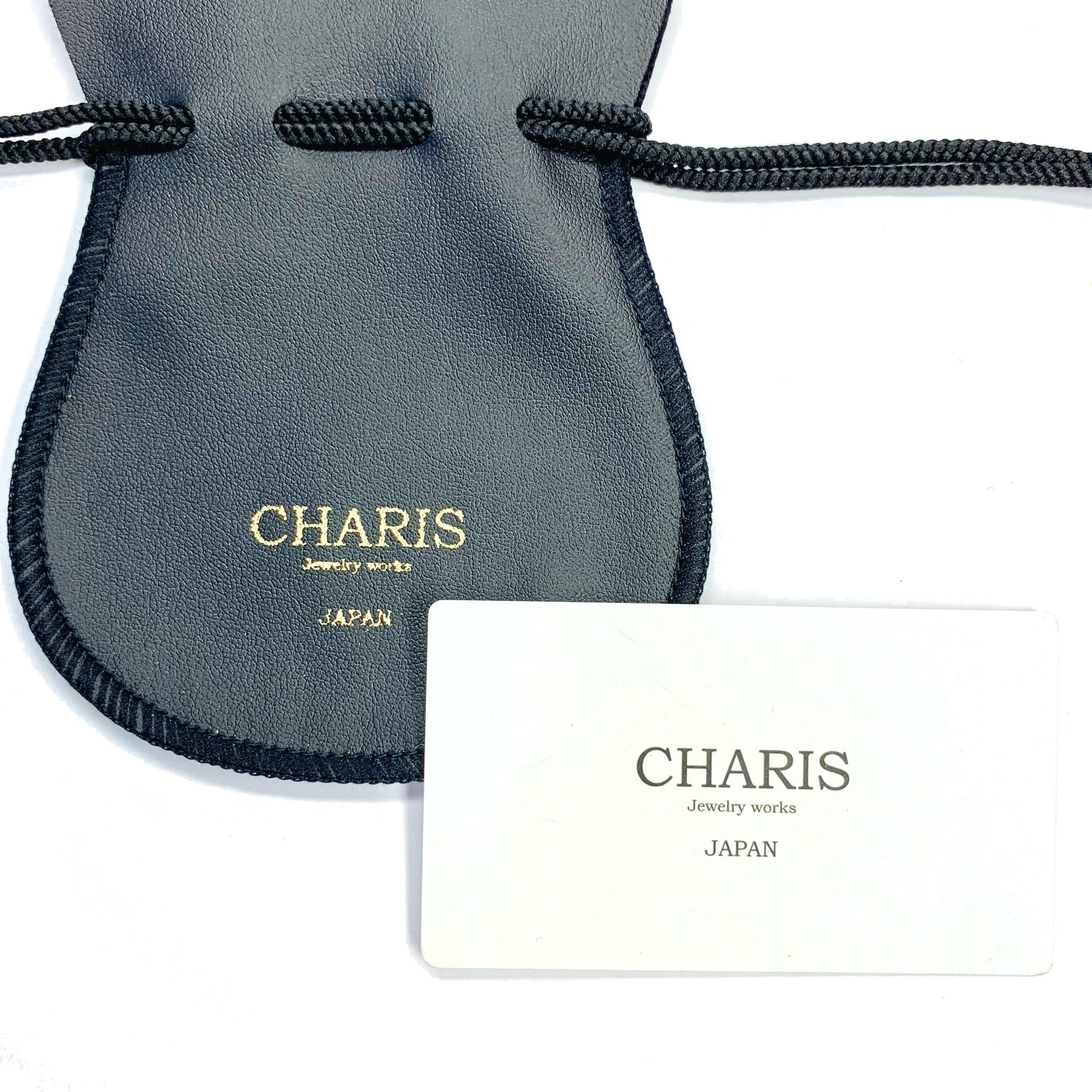Highlights










Description
Stone name: Gibeon Meteorite
Origin: Republic of Namibia
Pendant size: 45mmu00d718mm (1.77inchu00d70.7inch)
Weight: Meteorite dust 1g : 9.5g-9.8g / 2g : 10.5g-10.8g
Material: Glass and Brass (Silver plated or Gold plated)
Chain length:55cm (21.7inch) / Brass (Silver plated or Gold plated)
CHARIS jewelry crafted by Yusuke Akebi
Made in Japan.
--------------Gibeon (Meteorite)-----------------
Gibeon
Stones that help transform values
Gibeon is an iron meteorite mainly composed of iron and nickel, discovered in 1936 in Gibeon, Republic of Namibia (southern Africa).
It is thought that it fell to Earth about 450 million years ago.
In Japan, meteorites have been used as sacred objects and used in Shinto rituals and festivals because they represent the will of God.
Speaking of Gibeon, it is characterized by a mysterious pattern called the Widmanstu00e4tten structure, which is a mixture of nickel and iron in an environment of 300 to 900 degrees Celsius and 100,000 atm, or in other words, an environment similar to the center of a planet. As the temperature decreases several degrees over a million years, the iron and nickel components begin to separate.
As a result, by dipping the polished Gibeon in acid, patterns can be created depending on the degree of dissolution.
This pattern is called the Widmanstu00e4tten structure.
This method of soaking in acid is called etching, and it can be said that this Widmanstu00e4tten structure was created on Gibeon outside the Earth, possibly in the central environment of a star. This is the reason.
It seems that iron meteorites, including Gibeon, feel heavier when you hold them than when you actually measure them.
This seems to be closely related to the fact that meteorites were attracted to the earth and fell.
Basically, the main component is iron, so processed products are generally coated with rhodium etc. to prevent rust.
Another known meteorite is Campo del Cielo.